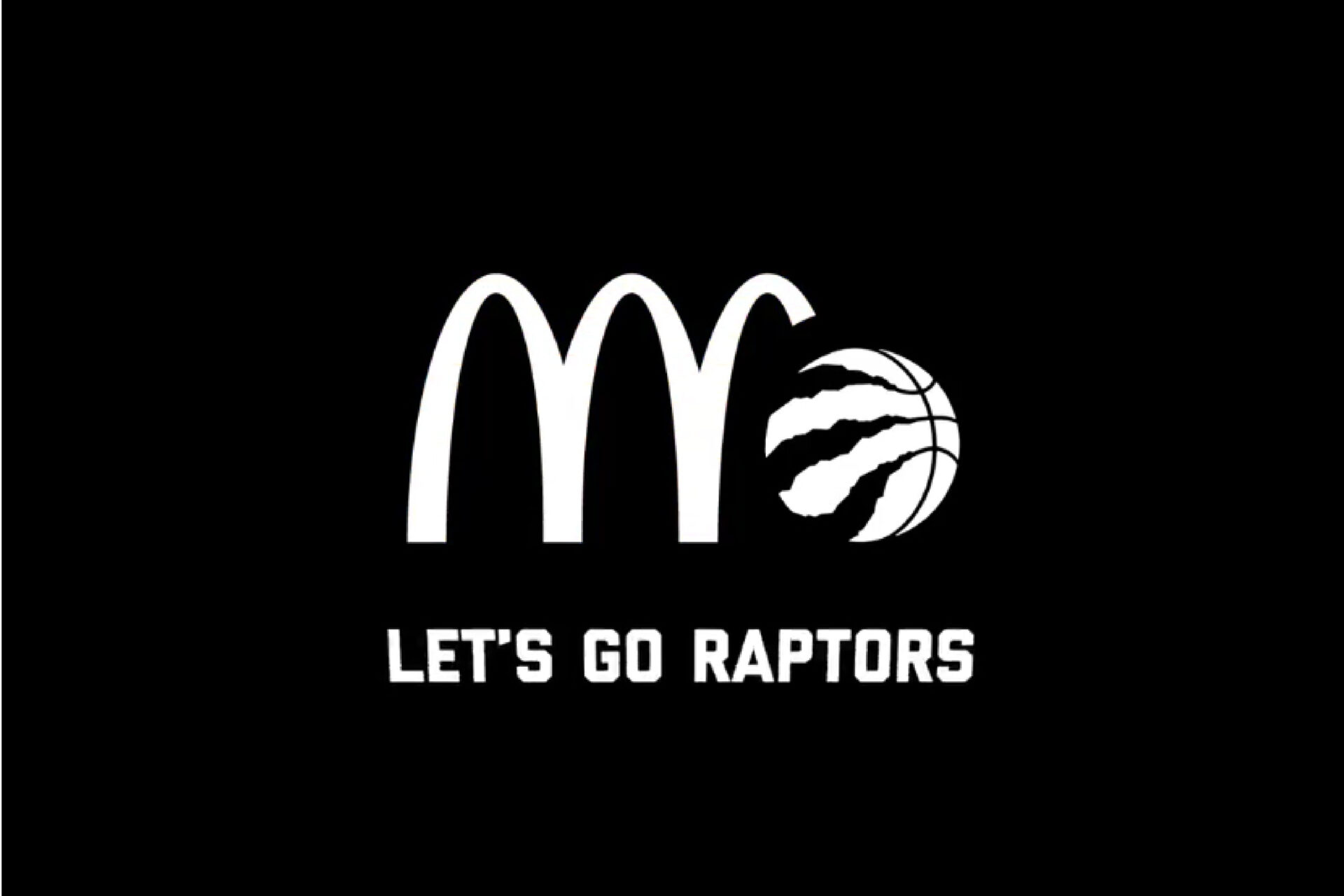Lisa Libin, Vice President
Last month was the #10year challenge, prior to that was the Raptor’s playoff run, and we can’t forget the Ice Bucket Challenge, blue and gold dress debate and so many other trends that seemed to take over the world at one time and then disappear in the blink of an eye. But at that particular moment in time, these trends can often be a marketing win for brands. By piggybacking on some of the most searched topics of the moment, many brands are able to drive awareness and reach new audiences through creative content that ties to a trend, event or news story.
But should brands always jump on the “brandwagon”?
Companies like McDonalds took advantage of the Toronto Raptor’s recent play-off run but offering free medium fries anytime the Raptors scored two or more three-pointers in a game. From a public relations perspective, the awareness was huge. Most of the country was already watching the playoffs, giving McDonalds a captive audience to tie additional excitement to the games. But McDonalds also released its financial damage as response to the offer nearly quadrupled McDonald’s forecast, totalling more than 2.5 million fries in the regular season and playoffs combined. They may have had to put their money where their mouth is but from a PR point of view, it was worth the investment.
However, this golden moment for the golden arches isn’t always the positive outcome that brands achieve when jumping on the brandwagon. And even though a trend may be making a lot of noise in the moment, brands need to really evaluate if they should align themselves accordingly.
Gilette is an example of a brandwagon crash. In an era of #MeToo, Gilette made a bold move to create a short movie playing on their 30-year old tagline “The Best A Man Can Get”, replacing it with “The Best Men Can Be”. The company quickly came under fire with accusations from the public that the brand was trying to monetize on the #MeToo movement, with many vowing never to buy a Gilette product again. Gilette defended its position stating it took a public position to help “drive a positive change in the perception of masculinity” and many speculate Gilette released the ad expecting backlash but still wanting to create controversy to ultimately build awareness for their brand, not only among men, but among women as well.
From #10yearchallenges, the upcoming 2020 Olympic Games or World Series, big events, movements and trends perk up communicator and marketers’ ears and often make them think “should I be a part of this?” There is no yes or no answer. However, if a brand is looking to jump on a trend, it is important they do their research and be authentic. Consumers can easily see through a marketing ploy vs. a formal position, and time and time again the public will call a brand out for trying to take advantage of something they shouldn’t be a part of.
And while brands may be looking for a quick win by doing the latest #birdbox challenge, it can often have the opposite affect when overdone.
As a public relations practitioner, I am often asked by clients if they should be part of a big event or jump into a trendy social media stunt. My advice to them is generally consistent – if it makes sense, brands should authentically contribute to the conversation rather than adding to the clutter. If a brand does opt to jump on the “brandwagon”, put your own unique and creative spin on how you execute as opposed to mirroring everyone else.
Ultimately, there is always a gamble when trying to piggyback off something a brand didn’t organically create. And if a brand is OK with the risk, there is definitely potential wins to be gained.

Lisa Libin is Vice President at Brookline Public Relations. Lisa loves a good crisis (as long as it’s not a personal one!) and has vast experience in issues management and brand reputation issues, working with local and global communications teams to handle ongoing and current industry issues.
